In pictures: The history of glass making in Sunderland
- Published
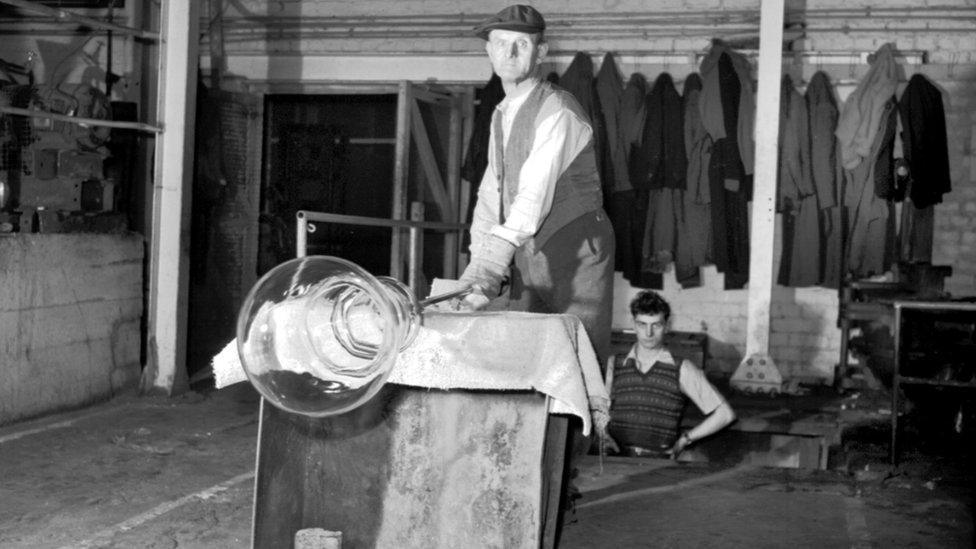
A new permanent exhibition at Sunderland's National Glass Centre traces the legacy of glass making in the city.
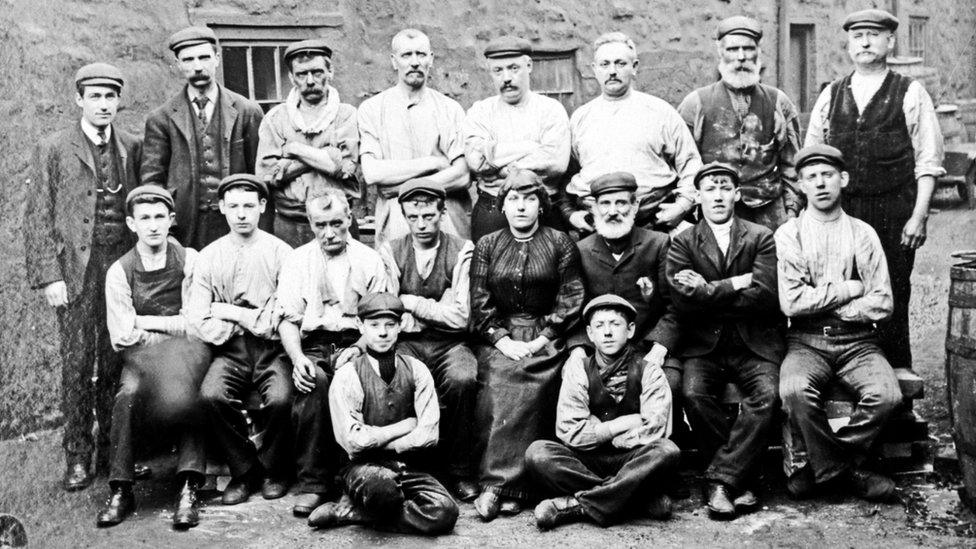
The first stained glass to be produced in Britain was made in Sunderland by French craftsmen imported from Gaul in AD674. Benedict Biscop, Abbot of the new monastery at Wearmouth, invited them to make the windows for St Peter's Church.
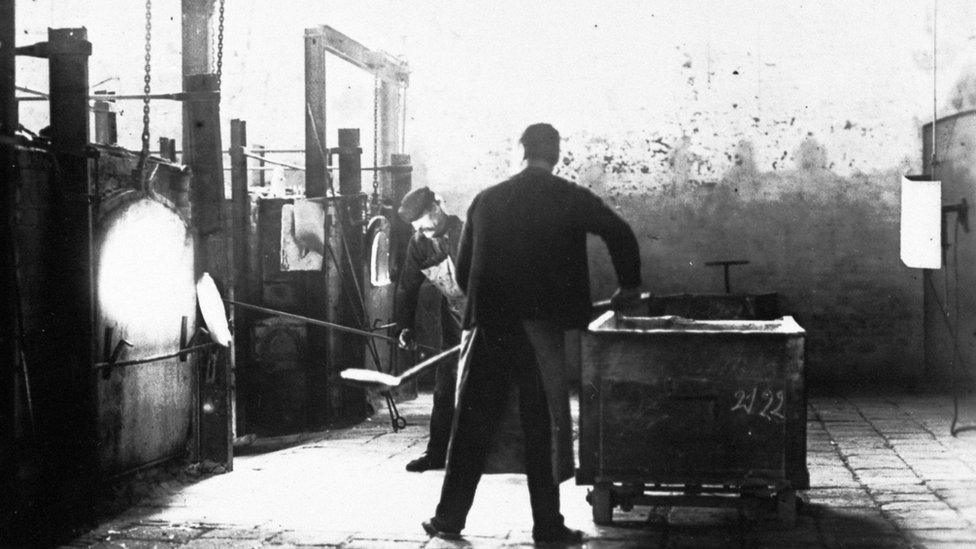
The Frenchmen taught local people how to make glass, making Wearside one of the earliest glass making centres in the country. Centuries later in 1611, a group of gentlemen were granted the exclusive right to make glass in the North East.
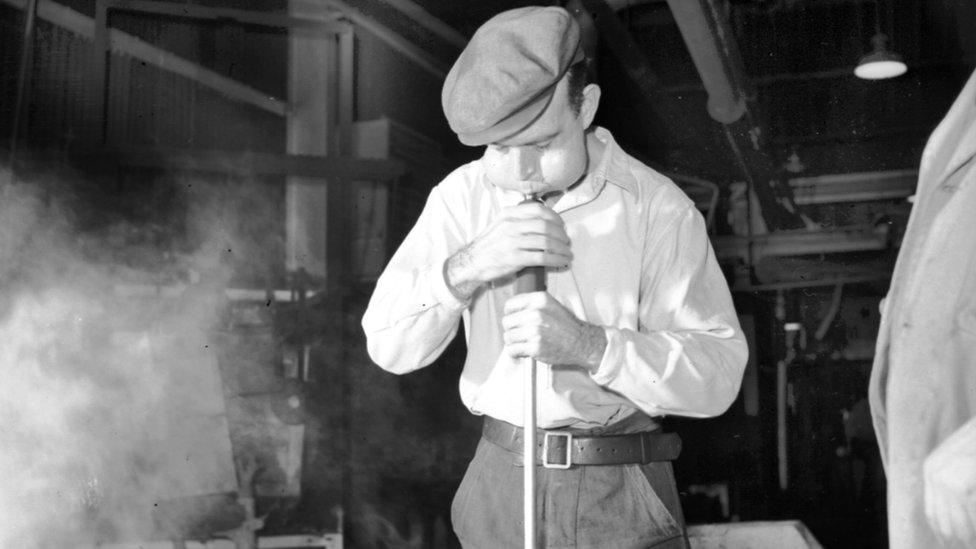
Between 1615 and 1642 the glass industry in England was dominated by Sir Robert Mansell, who bought the exclusive right to glass making in Tyneside. By the 19th Century, glass making was a hugely successful industry in Sunderland.
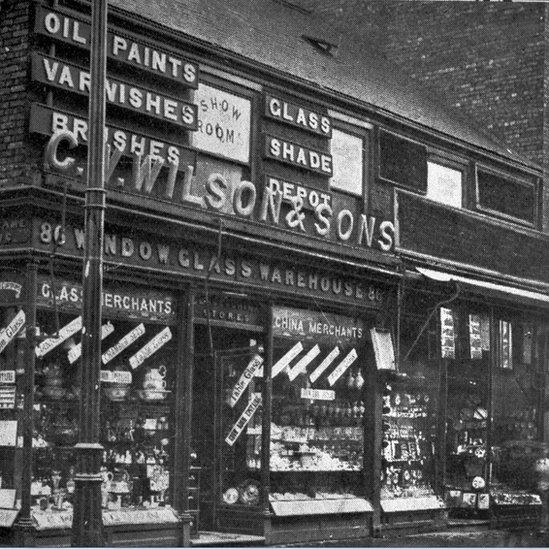
Glass was being shipped all over Europe from Sunderland and in 1860 more than 1,000 glass makers were employed in more than 20 companies.
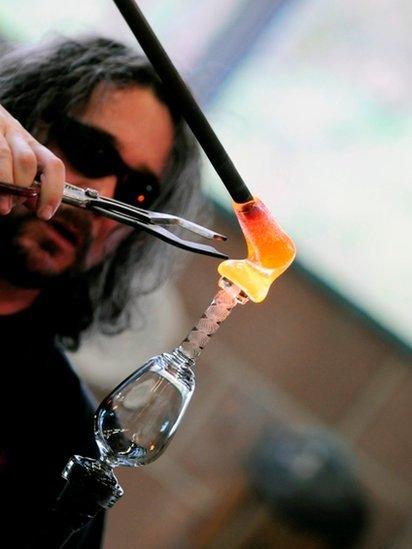
The National Glass Centre was officially opened by HRH Prince Charles in October 1998. Over the next two years, the centre will be modernised with a new heritage gallery, increased exhibition capacity, upgraded education and resource rooms and a remodelled glass studio and shop.
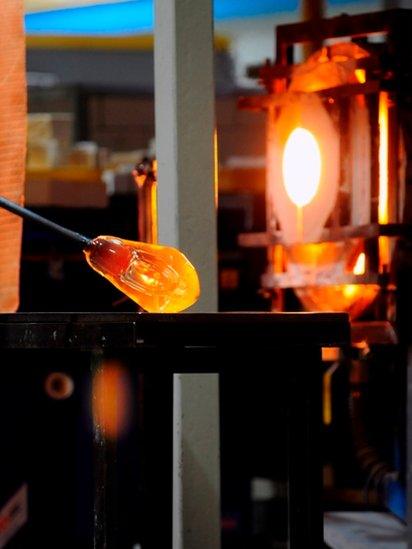
The Sunderland Room is now open and includes objects and films from personal and historic public collections relating to glass making in Sunderland and the ship building industry on the River Wear.